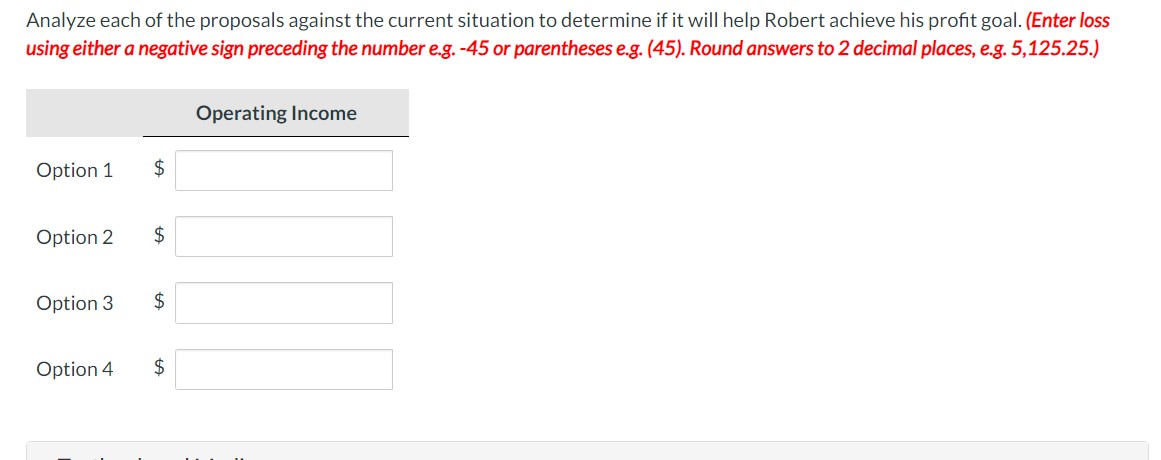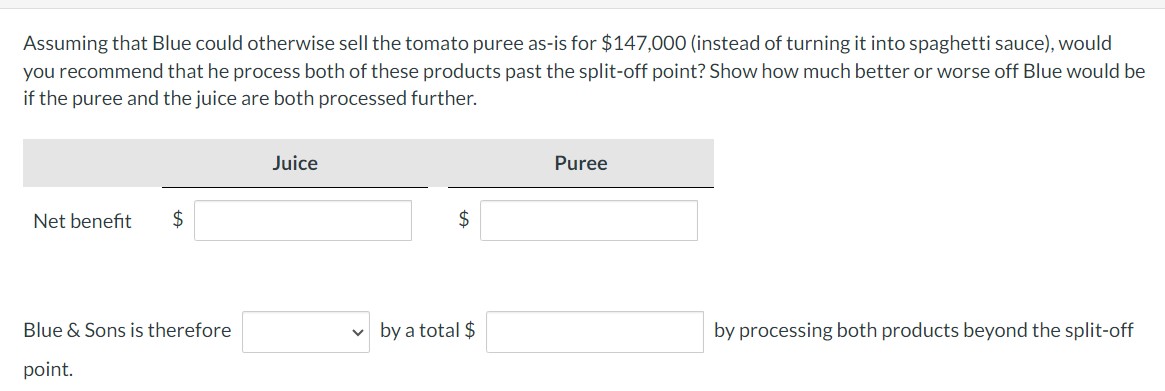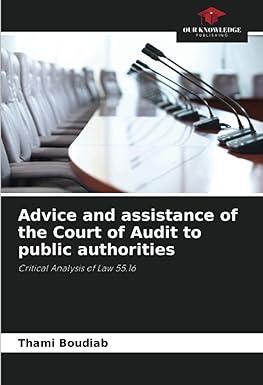Answered step by step
Verified Expert Solution
Question
1 Approved Answer
Blue & Sons produces tomato juice and tomato puree from fresh tomatoes grown by local farmers. The company purchases large crates of tomatoes and then



 Blue \& Sons produces tomato juice and tomato puree from fresh tomatoes grown by local farmers. The company purchases large crates of tomatoes and then washes, sorts, scalds, peels, and crushes them, at which point the juice and the pulp are separately identifiable. Blue currently processes the pulp further to transform it into his great-great-grandmother's secret-recipe spaghetti sauce. The specifics on each of these products for one month are as follows. Using the NRV method for allocating joint costs, specify how much joint cost will be allocated to the juice and to the puree/spaghetti sauce. (Round proportion to 4 decimal places, e.g. 0.2516 and final answers to 2 decimal places, e.g. 15.25.) Analyze each of the proposals against the current situation to determine if it will help Robert achieve his profit goal. (Enter loss using either a negative sign preceding the number e.g. -45 or parentheses e.g. (45). Round answers to 2 decimal places, e.g. 5,125.25.) Assuming that Blue could otherwise sell the tomato puree as-is for $147,000 (instead of turning it into spaghetti sauce), would you recommend that he process both of these products past the split-off point? Show how much better or worse off Blue would be if the puree and the juice are both processed further. Blue \& Sons is therefore by a total $ by processing both products beyond the split-off point. Blue \& Sons produces tomato juice and tomato puree from fresh tomatoes grown by local farmers. The company purchases large crates of tomatoes and then washes, sorts, scalds, peels, and crushes them, at which point the juice and the pulp are separately identifiable. Blue currently processes the pulp further to transform it into his great-great-grandmother's secret-recipe spaghetti sauce. The specifics on each of these products for one month are as follows. Using the NRV method for allocating joint costs, specify how much joint cost will be allocated to the juice and to the puree/spaghetti sauce. (Round proportion to 4 decimal places, e.g. 0.2516 and final answers to 2 decimal places, e.g. 15.25.) Analyze each of the proposals against the current situation to determine if it will help Robert achieve his profit goal. (Enter loss using either a negative sign preceding the number e.g. -45 or parentheses e.g. (45). Round answers to 2 decimal places, e.g. 5,125.25.) Assuming that Blue could otherwise sell the tomato puree as-is for $147,000 (instead of turning it into spaghetti sauce), would you recommend that he process both of these products past the split-off point? Show how much better or worse off Blue would be if the puree and the juice are both processed further. Blue \& Sons is therefore by a total $ by processing both products beyond the split-off point
Blue \& Sons produces tomato juice and tomato puree from fresh tomatoes grown by local farmers. The company purchases large crates of tomatoes and then washes, sorts, scalds, peels, and crushes them, at which point the juice and the pulp are separately identifiable. Blue currently processes the pulp further to transform it into his great-great-grandmother's secret-recipe spaghetti sauce. The specifics on each of these products for one month are as follows. Using the NRV method for allocating joint costs, specify how much joint cost will be allocated to the juice and to the puree/spaghetti sauce. (Round proportion to 4 decimal places, e.g. 0.2516 and final answers to 2 decimal places, e.g. 15.25.) Analyze each of the proposals against the current situation to determine if it will help Robert achieve his profit goal. (Enter loss using either a negative sign preceding the number e.g. -45 or parentheses e.g. (45). Round answers to 2 decimal places, e.g. 5,125.25.) Assuming that Blue could otherwise sell the tomato puree as-is for $147,000 (instead of turning it into spaghetti sauce), would you recommend that he process both of these products past the split-off point? Show how much better or worse off Blue would be if the puree and the juice are both processed further. Blue \& Sons is therefore by a total $ by processing both products beyond the split-off point. Blue \& Sons produces tomato juice and tomato puree from fresh tomatoes grown by local farmers. The company purchases large crates of tomatoes and then washes, sorts, scalds, peels, and crushes them, at which point the juice and the pulp are separately identifiable. Blue currently processes the pulp further to transform it into his great-great-grandmother's secret-recipe spaghetti sauce. The specifics on each of these products for one month are as follows. Using the NRV method for allocating joint costs, specify how much joint cost will be allocated to the juice and to the puree/spaghetti sauce. (Round proportion to 4 decimal places, e.g. 0.2516 and final answers to 2 decimal places, e.g. 15.25.) Analyze each of the proposals against the current situation to determine if it will help Robert achieve his profit goal. (Enter loss using either a negative sign preceding the number e.g. -45 or parentheses e.g. (45). Round answers to 2 decimal places, e.g. 5,125.25.) Assuming that Blue could otherwise sell the tomato puree as-is for $147,000 (instead of turning it into spaghetti sauce), would you recommend that he process both of these products past the split-off point? Show how much better or worse off Blue would be if the puree and the juice are both processed further. Blue \& Sons is therefore by a total $ by processing both products beyond the split-off point Step by Step Solution
There are 3 Steps involved in it
Step: 1

Get Instant Access to Expert-Tailored Solutions
See step-by-step solutions with expert insights and AI powered tools for academic success
Step: 2

Step: 3

Ace Your Homework with AI
Get the answers you need in no time with our AI-driven, step-by-step assistance
Get Started


